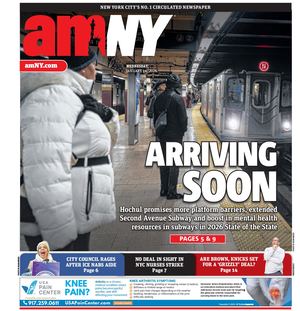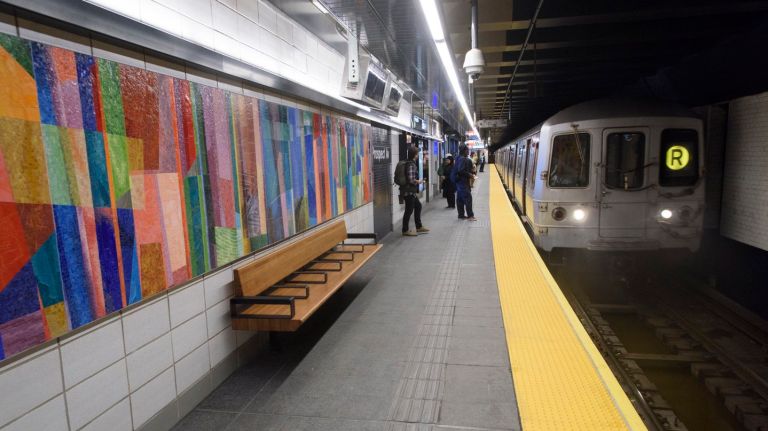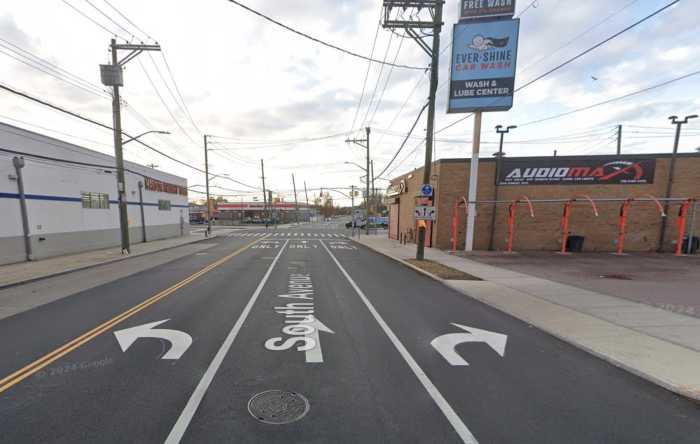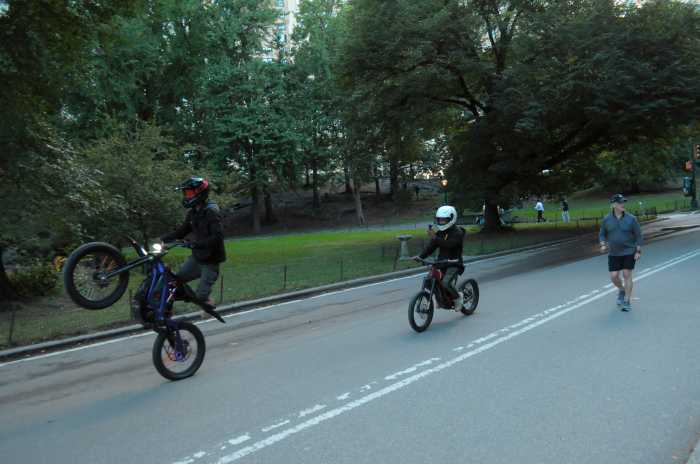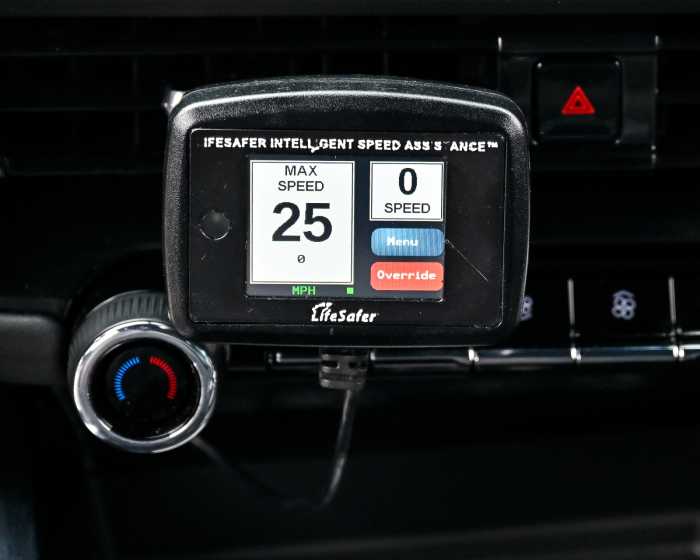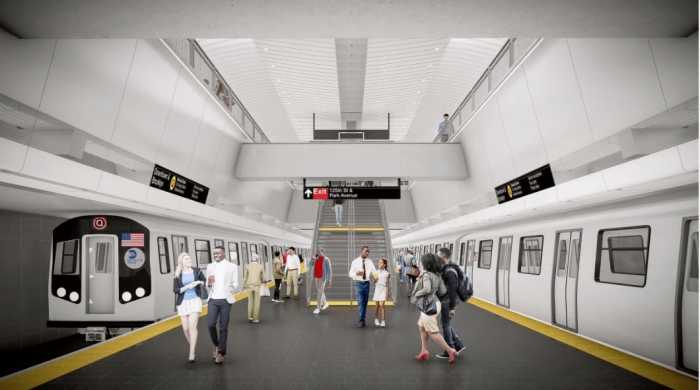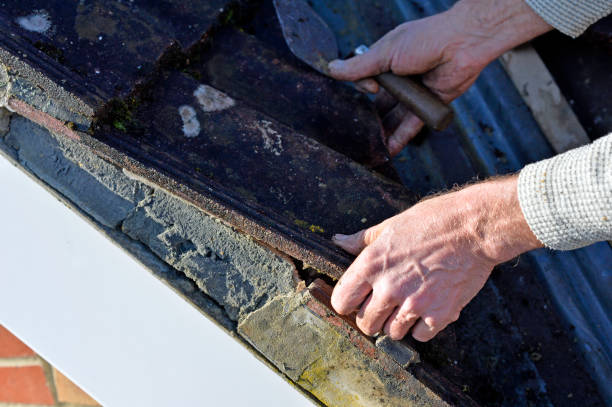
The redesigned Prospect Avenue subway station opened Thursday, signaling the end of the MTA’s enhancements along Fourth Avenue.
Commuters praised the new-look station, one of 33 chosen to be redesigned with modern amenities like phone charging ports and digital display screens under the agency’s controversial Enhanced Station Initiative.
Prospect Avenue looks similar to the MTA’s other two Brooklyn stations that have reopened recently — Bay Ridge Avenue and 53rd Street — with countdown clocks above ground at entrances, LED lighting, Wi-Fi and glass barriers by turnstiles.
“It’s great — and really nice compared to the old dingy area we had before, full of rats and grime on the walls,” said Kurt Berberich, 28, who works in retail and lives in the area. “I had to wake up a bit earlier to go to Ninth Avenue, but really it wasn’t bad.”
MTA Chairman Joe Lhota and managing director Veronique Hakim took the first 95th Street-bound R train into the station and made announcements over the train’s PA system along the way.
“We appreciate the community that went through the inconvenience of having the station closed for five months, but it enables us to do something very special and to do it efficiently and quickly,” Hakim said, “and bring it back to the community in this enhanced view.”
The station features colorful, abstract mosaics, as well as glass barriers and exit doors, and new tiling.
Geli Sua, an accountant from Brooklyn, raved about the new appearance but was disappointed another entry point wasn’t added to the station.
“It’s definitely a very impressive project and a lot of the detail is magnificent — but let’s see now if the service matches the station,” she said. “They should have added another entry point. With all the build up in the neighborhood, there are a lot of people and the stairs get congested.”
The station reopened one month earlier than scheduled and under budget. The cost of the three station overhauls were budgeted at $72 million.
Spearheaded by Gov. Andrew Cuomo, the station enhancements have drawn scorn from MTA board members and advocates for focusing on what they called aesthetic upgrades instead of improving service or upgrading stations to be compliant with the Americans with Disabilities Act.
Several rallies have been held protesting the Enhanced Station Initiative, which is now renovating two above-ground Astoria stations that closed for eight months starting in October. In response to the backlash, the MTA said it had allocated $40 million for ADA-accessibility projects at the 77th Street and Bay Ridge-95th Street stations on the R line. It now has plans for four accessibility projects in Bay Ridge at 59th Street, 77th Street, 86th Street and Bay Ridge-95th Street.
At the MTA’s most recent board meeting, Lhota defended the work and said it wasn’t just about “cosmetic” fixes.
“I take exception to the word ‘cosmetic.’ What we’re doing down here is clearly not cosmetic,” he said. “It’s customer service. It’s not cosmetic.”
He stressed that the agency was also working to bring more accessibility to the subway system, which features 117 ADA-accessible stations out of 472 total subway stations.
